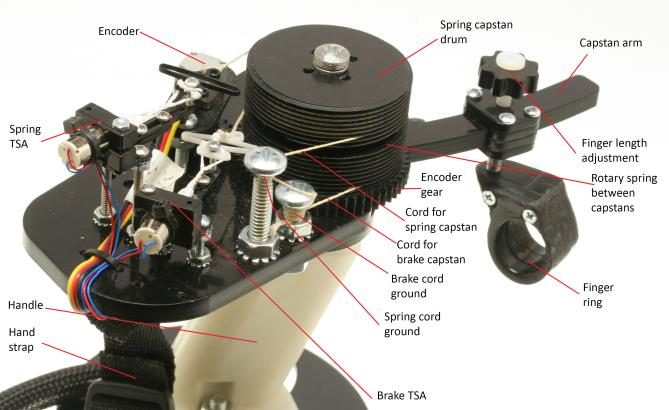
10-29: Huawei has reportedly developed a Power Amplifier (PA) chip; TSMC and Globalfoundries (GF) have announced they are dismissing all litigation between them; etc.
Chipsets
Over on the Code Aurora Forum, where Qualcomm uploads the Linux kernel source code for its various chipsets, a commit was uploaded that adds a device tree for a “SDW3300 device”, indicating the company is developing Snapdragon Wear 3300. The device tree source (DTS) file that was uploaded is titled “sdw3300-bg-1gb-wtp.dts,” and the code indicates the new platform is based on the Snapdragon 429, code-named “Spyro”. (CN Beta, Android Central, XDA-Developers)
Huawei has reportedly developed a Power Amplifier (PA) chip, which is manufactured by Sanan Integrated Circuit, small mass production in 1Q20, and volume production in 2Q20. Currently PA chips are mainly controlled by companies such as Skyworks and Qorvo in the United States, and manufactured by Taiwan-based WIN Semiconductor. (CN Beta, EET China)
China’s National Integrated Circuit Industry Investment Fund (Big Fund) has set up a new fund of CNY204.15B (USD28.9B), marking the start of its second-phase support for domestic chipmakers. The Big Fund already spent an estimated CNY138.7B on its first-phase capital support for the local chip industry. The Big Fund was set up in 2014 aiming to nurture China’s local IC industry and raise self-sufficiency rate for ICs. (Digitimes, press, CN Beta)
Loongson 3A/B3000 processor is a general-purpose CPU. Since the launch of the product, Loongson 3A/B3000 shipment have reached more than 300K units. The president of Loongson Hu Weiwu has indicated that the performance of its 3rd-gen 3A4000 has already reached the level of the “digging” series of processors developed by AMD in 2016. When it is using 14nm process in 2020, the level of the processor can reach AMD’s Zen series performance. (Laoyaoba, My Drivers, iFeng)
TSMC and Globalfoundries (GF) have announced they are dismissing all litigation between them as well as those that involve any of their customers. The companies has said they have agreed to a broad life-of-patents cross-license to each other’s worldwide existing semiconductor patents as well as those patents that will be filed during the next 10 years as both companies continue to invest significantly in semiconductor research and development. (Digitimes, press, My Drivers, Reuters)
United States Pentagon officials have been holding private discussions with tech industry executives to wrestle with a key question: how to ensure future supplies of the advanced computer chips needed to retain America’s military edge. Mark Liu, the chairman of TSMC, said he has recently discussed options for a new factory in the United States with the Commerce Department. The stumbling block was money; major subsidies would be required, he said, as it is more expensive to operate in America than Taiwan. He has stated that “it is all up to when they can close the cost gap”. (My Drivers, NY Times, Patently Apple, China Times, Epoch Times)
Touch Display
Refresh rates of smartphone panels used in the 5G era are likely to be upgraded to 90Hz or even 120Hz from the current 60Hz as displays with higher refresh rates will enhance greatly user experience, according to Digitimes. Digitimes claims that 2020 iPhone will feature a 120Hz screen like the ProMotion iPad Pros. All iPhones to date include 60Hz displays. (Digitimes, NDTV, 9to5Mac, Yahoo)
Camera
According to Digitimes Research, Sony accounts for about half of the CMOS Image Sensor (CIS) market. However, due to the slowdown in economic growth in recent years and the longer replacement of smartphones, after its CIS business reached JPY205.8B peak, it has dropped for 2 quarters. With the multi-camera becoming the standard for low-end segment, the Sony CIS business has grown since 2Q19. Looking forward to 2H19, Apple’s new iPhone market acceptance is beyond expectations. With its tri-cam configuration, it is expected to drive Sony’s CIS shipments. It is estimated that Sony’s 2019 fiscal year CIS sales will reach JPY840B. (Digitimes)
Sensory
Microsoft Research has shown off a prototype VR controller with CapstanCrunch, which provides force-feedback for grasping small objects with the thumb and index finger. It uses a “capstan brake and clutched spring”, which allows the force of the relatively small motor to be amplified 40 times such that it can sufficiently resist human applied forces. (VentureBeat, Upload VR, Bilibili)
Apple’s patent titled “radar system including dual receive array” aims to solve part of the problem by making a radar component that is small, lightweight, power-efficient, and cheap enough for mass production. It suggests the use of antennas to transmit a radar beam towards a portion of a field of view, along with a vertical antenna array to receive the bounced-back signal. (Apple Insider, USPTO, Here Drive)
MIT has developed a system aimed at helping autonomous systems avoid unintended collisions when rounding corners. The system, funded by the Toyota Research Institute, effectively analyzes changes in ground shadows to determine if there is a moving object around a corner. (CN Beta, MIT, TechCrunch, Techspot)
Biometrics
Goodix chairman Zhang Fan has revealed that the company’s developed ultra-thin LCD under display fingerprint chip is about to enter mass production and he is confident it could be done within 2019. He has also stressed that this solution is mainly for 5G mobile phones. Currently Goodix optical under display fingerprint scanner solution has been installed on more than 100M units of smartphones, on 85 commercial models. The customers include Huawei, OPPO, vivo, Xiaomi, etc. (Laoyaoba, My Drivers, CN Beta, QQ)
Connectivity
SK Telecom has signed a 5G cooperative partnership with Now Corp and Now Telecom of the Philippines. SK Telecom will provide technology consulting to Now Telecom throughout the 5G commercialization process and provide B2B solutions such as in-building solutions and enterprise network. (Laoyaoba, Business Korea, Korea Times)
Korea operator KT will invest more than 200 cooperative companies in 5 years to jointly promote the localization of core technologies such as 5G, with an investment scale of approximately KRW20B. KT has also established the 5G Safety Platform, which is designed to help reduce losses from typhoons and earthquakes, which amounts to USD210B (KRW250T) worldwide annually as of 2016. (Laoyaoba, PR Newswire)
SK Telecom has agreed to a share swap deal with Korea’s largest messenger operator, Kakao Corp, in a move to strengthen their competitiveness. Under the agreement, SK Telecom and Kakao will exchange about KRW300B (USD258M) worth of shares. (ZDNet, Yonhap News, Sina)
Phone
In addition to Huawei, which has been discovered in the past, other companies have been discovered are participating in the development of Google’s Fuchsia operating system and related ecological construction. Samsung, Sony, MediaTek, Xiaomi, Huawei, OPPO and other companies are found to be involved in the Fuchsia project. (CN Beta, Meter Peter, Fuchsia China, 9to5Google)
According to Counterpoint, OPPO’s realme has become the fastest growing smartphone brand registering over 800% annual growth in 3Q19. As a result, realme has shipped over 10M smartphones and came in 7th place in the global smartphone market for the first time. The brand has expanded rapidly across more than 20 countries. (Counterpoint Research, press, Gizmo China)
The music-streaming giant Spotify is maintaining a roughly 45% ratio of premium to ad-supported subscribers, claiming 113M paying users for 3Q19, up 31% from 87M in the 3Q18 period. (VentureBeat, Spotify, MacRumors, Sina, IT Home)
Wearables
Google’s parent company Alphabet is allegedly considering a purchase of the wearable fitness device maker Fitbit. Fitbit, which helped pioneer the wearable devices craze, has been partnering with health insurers and has been making tuck-in acquisitions in the healthcare market, as part of efforts to diversify its revenue stream. (Android Central, Reuters, CN Beta)
Apple unveils AirPods Pro, which offers active noise cancellation and hands-free access to Siri, and priced at USD249. Apple says AirPods Pro offer “superior sound quality” with audio feature called Adaptive EQ. (Digital Trends, Engadget, Apple, CN Beta)
Mobvoi has launched a brand new TicPods 2 series AI interactive true wireless earbuds, which not only has Tickle touch control and TicMotion head posture control, but also endows the earphone with the depth of voice interaction. Among them, TicPods 2 basic version sells for CNY699, Ticpods 2 Pro AI enhanced version sells for CNY799. (CN Beta, Gear Best)
Home
Apple is allegedly investing heavily in its smart home division in an attempt to grow the company’s presence in the smart home market. Apple has posted 15 job listings for engineers to work on HomeKit since Sept 2019, and it has also been privately seeking out potential new hires in the internet-connected devices industry. (Bloomberg, BGR, The Verge, CN Beta)
Automotive
Hyundai has announced 2 concepts – a hydrogen-powered fuel cell electric semi-truck and refrigerated trailer. The semi-truck, called the Hyundai HDC-6 Neptune, which is a technology-packed cargo hauler with a modern design; and HT Nitro ThermoTech, which is designed for transporting cold products, and it uses a cryogenic nitrogen refrigeration technology system. (Digital Trends, Motoring Research, Motor1, CN Beta)
Fintech
Uber is further exploring the financial services business with the creation of a new team, Uber Money. Uber Money is now responsible for all things pertaining to financial products designed to support drivers. (CN Beta, Uber, Market Watch, TechCrunch)


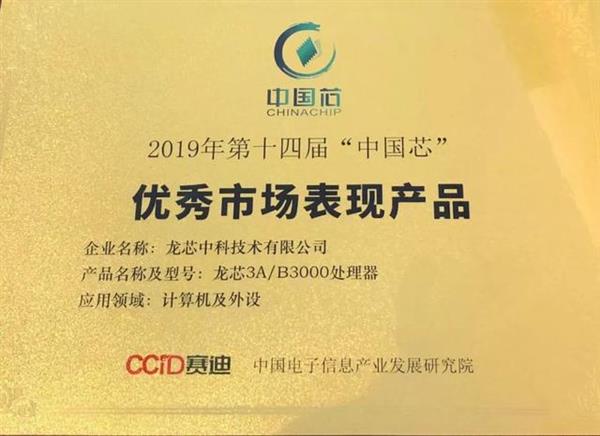
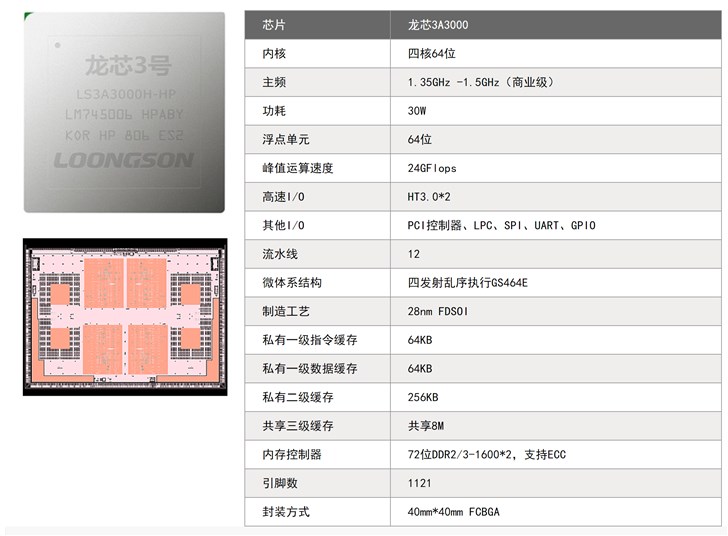
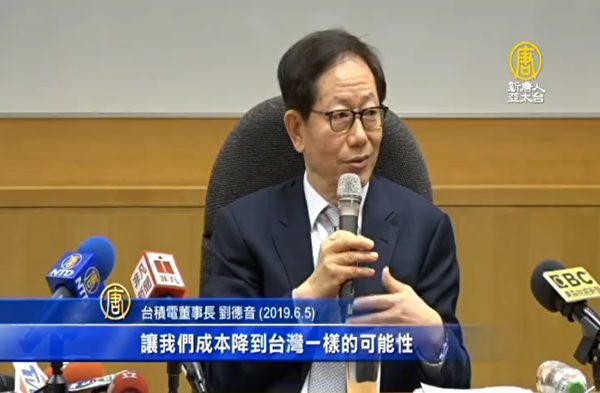
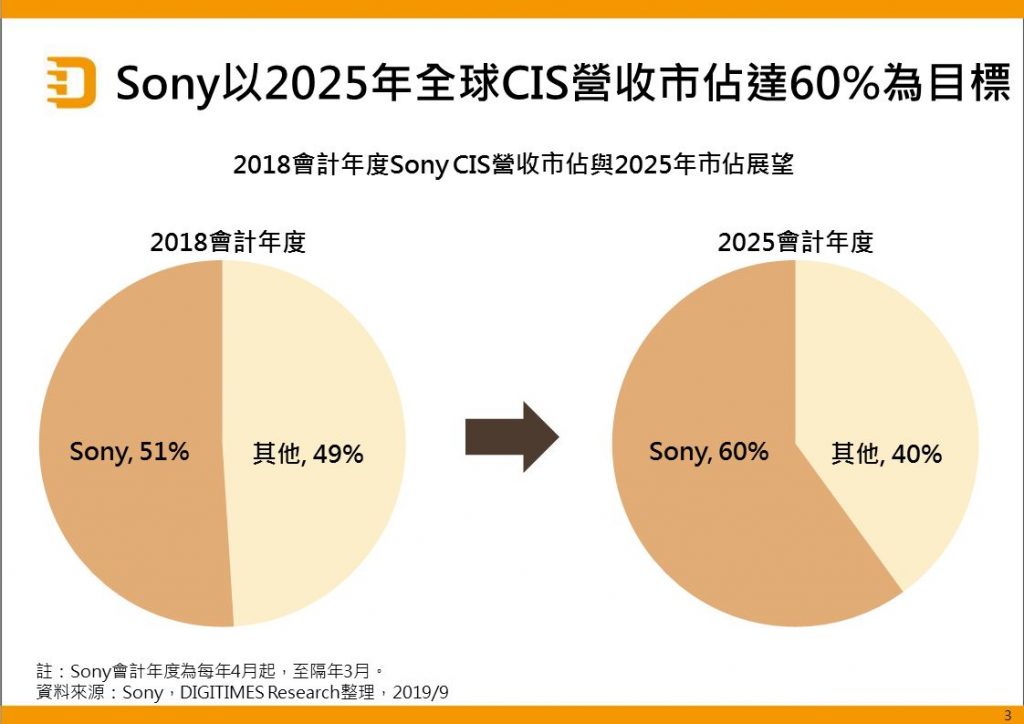
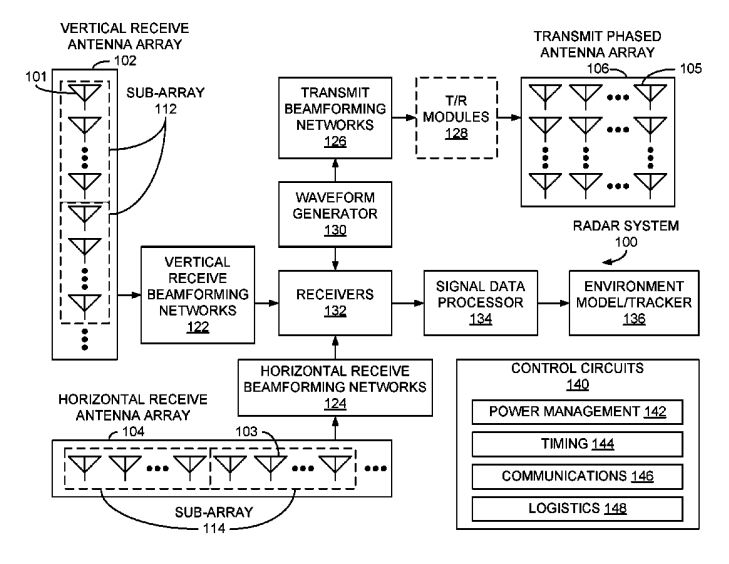
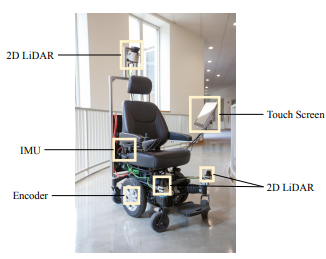
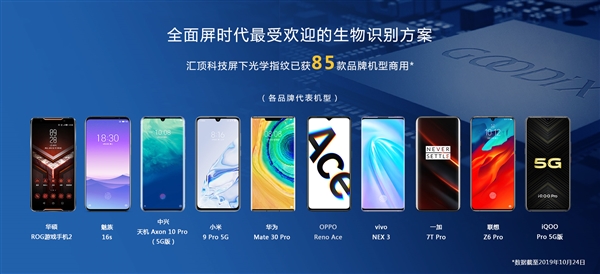
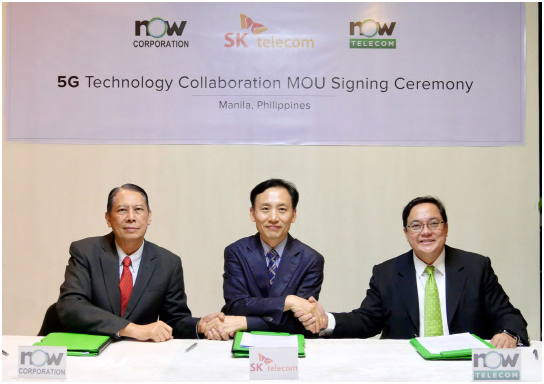
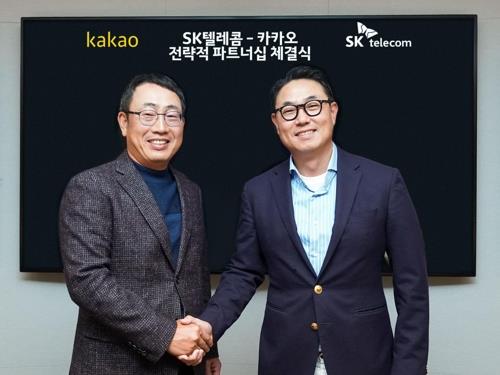

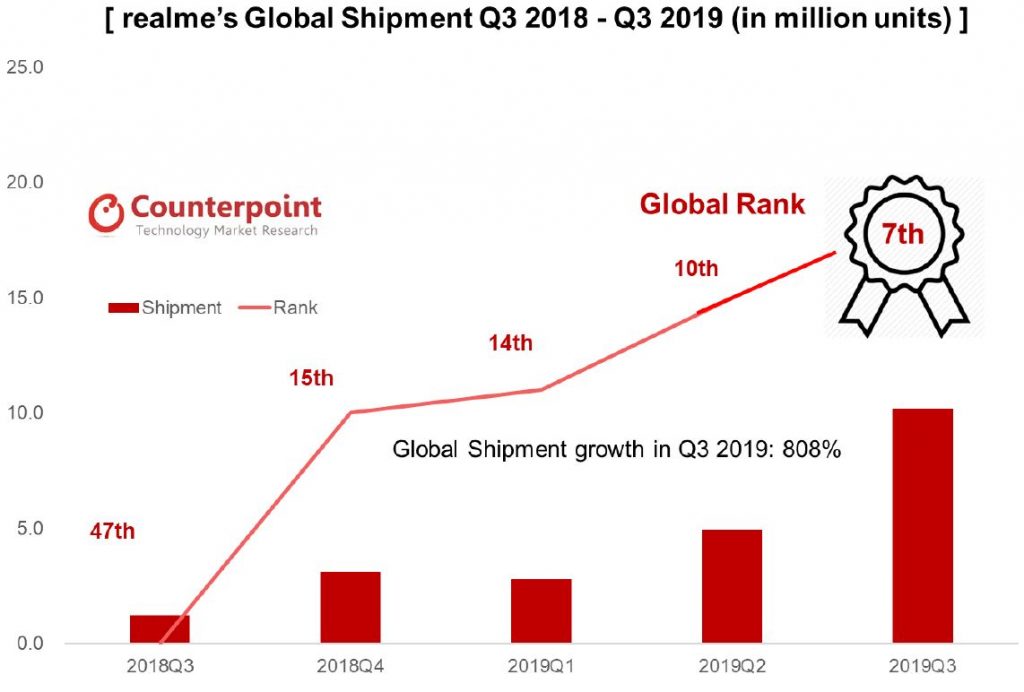
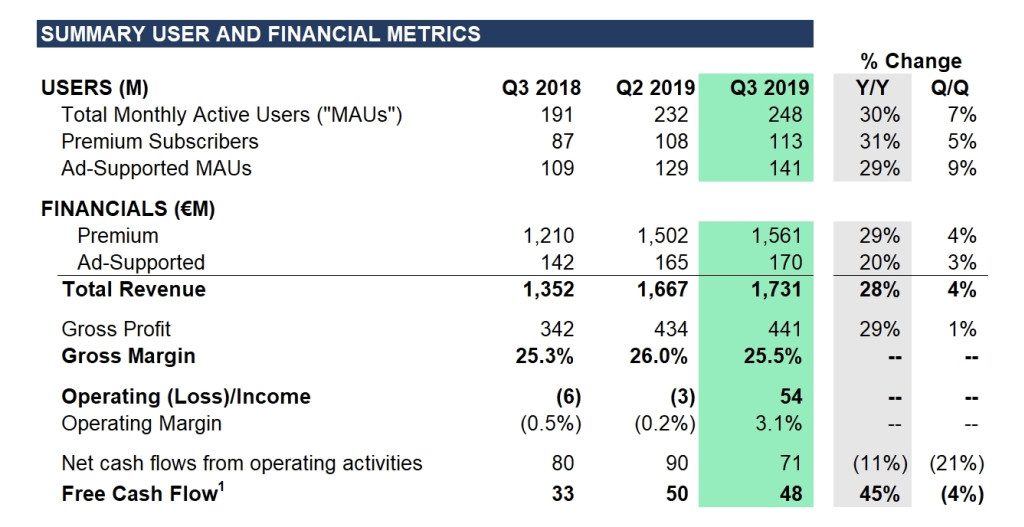




Good info. Lucky me I discovered your blog by accident (stumbleupon). I’ve bookmarked it for later!